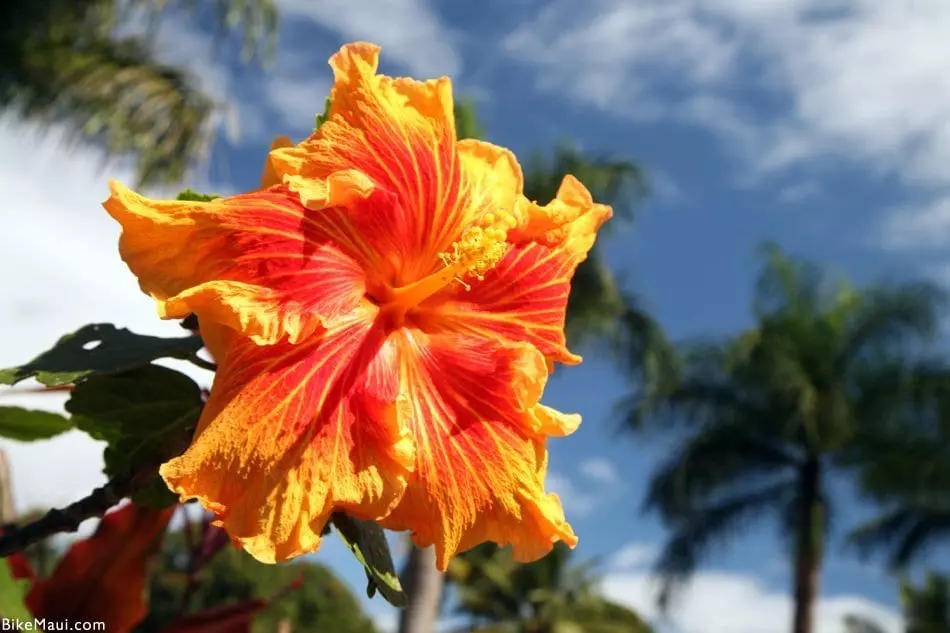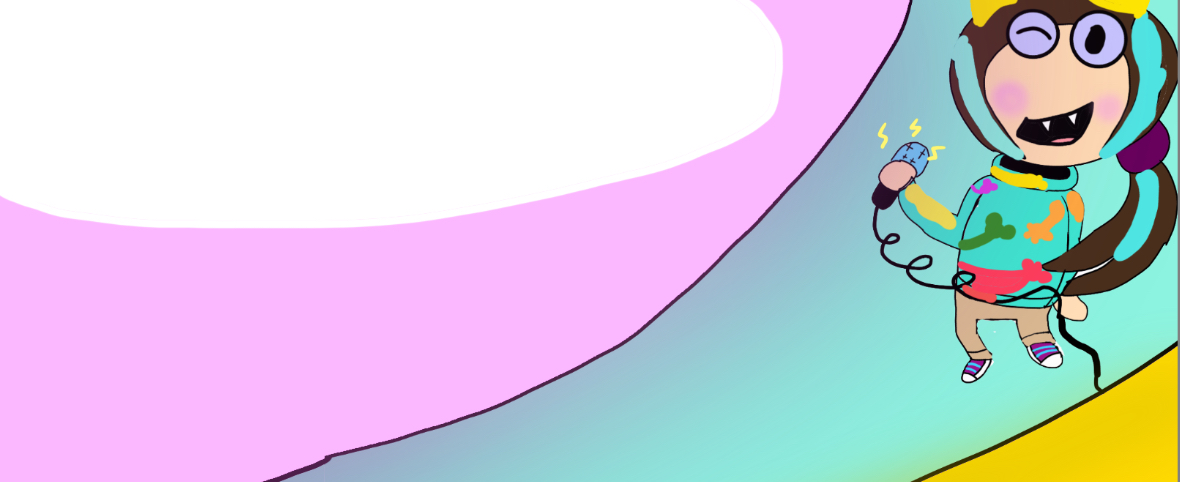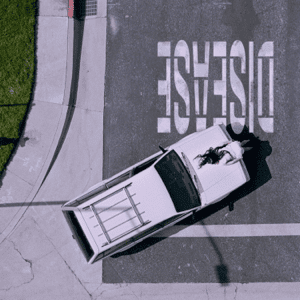The Star-Spangled Banner is dressed with fifty stars, each of which representing the fifty states that make up the United States of America. However, what if I told you that in 1980, a fifty-first star was nearly added to our flag? This fifty-first star would have been none other than the bottom half of the Garden State, South Jersey.
As shocking and stupid as it may sound, South Jersey came incredibly close to seceding from its northern half. The Free South Jersey movement began in the mid-70s by Joel Jacovitz, a construction manager living in Egg Harbor Township. He created the movement as a semi-joke, but to Jacovitz’s surprise he found others shared his sentiment and his movement gained some legitimacy across South Jersey.
Despite the state’s small size, the two halves are vastly different. South Jersey (generally considered to be the eight counties that lie below the I-95 highway) is largely agrarian, has a track record of voting more conservative, and is considered part of the Philadelphia Metropolitan area. On the other hand, North Jersey (the thirteen counties above I-95) is more urban, highly liberal leaning, and is part of the New York Metropolitan area.
Along with feeling culturally severed from the North Jersey region, the 1.7 million South Jerseyians felt that they lacked representation within the state’s government. The state legislature was almost entirely filled with representatives from North Jersey. Entire committees and boards were entirely made up of North Jerseyans. Not to mention that most prominent government officials were from the North Jersey region. This unequal representation led many from South Jersey to believe that their taxes were not being put to work for them.
“We’re tired of paying taxes that end up in northern New Jersey,” wrote Albert Freeman, publisher of the Burlington County Herald. The residents of South Jersey were fed up with having to pay for North Jersey’s benefits. Many felt that a government run entirely by South Jersey would be far more efficient in resolving issues that only hampered South Jersey – such as the regulation of the Pine Barrens which was a massive controversy in the late 1970s.
When the 1980 election rolled around, six of the eight counties had the question of secession on its ballot – Camden and Gloucester county were the only two who abstained from the vote. Atlantic, Burlington, Cape May, Cumberland, and Salem County all voted in favor of succession. Ocean County was the sole opposition.
Secession also won within the combined vote, 180, 663 votes for to 174, 151 against. The vote was close, with secession barely edging out the victory by only two percent. Regardless it was clear a large portion of voters would have supported the state’s separation.
Unfortunately for those 180, 663, the movement was never designed to be more than just a protest. The eight counties would have needed approval from the New Jersey legislature, which was dominated by North Jerseyans, to allow for secession. And there was no way they would be willing to give up 15% of its population and nearly half of its land.
If, by some miracle, the movement did pass the state legislature, it would then need federal approval. Which never, in a million years, would have been passed.
Regardless of its outcome, the movements demonstrated a clear dissatisfaction amongst a good amount of New Jerseyans and is most likely the closest the U.S. will ever come to adding another state to the Union.
The area that sought secession in 1980 is now the home to 2.6 million people. I wonder if these people still hold the same resentments as the 1.7 million people did in the late 70s? Could we ever see a movement like the Free South Jersey movement again? The distinction between North and South Jersey is still prominent – would it be so much of a stretch to see the two finally rip apart?








